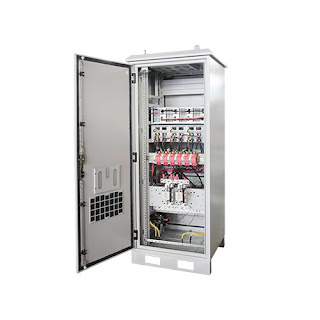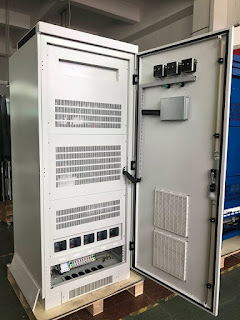The Road to Change, the Application of Solar Energy in the Communications Industry

When I think of the off grid solar applications, one main sector that has tremendous captive power requirement is telecommunications. With consistent fall in the average revenue per user and a whopping 86% increase in the minutes of usage in the past decade, India is one of the countries with increasing market competitionand highest number of MoU’s. The numbers of operators have almost tripled in the last 3 years and there is a mad headed competition to reduce the cost especially if theservices have to be made affordable to the sub urban and rural areas. Rural teledensity improvement is possible only with low cost service. With power contributing to 25% of total network cost, one of the key areas where the telecom providers are looking forward to reduce cost is energy. Unfortunately, poor quality of grid supply in suburban and semi-rural areas and no grid supply at many rural areas is increasing the energy cost for the telecom providers. 10% of telecom towers in India have no powe


